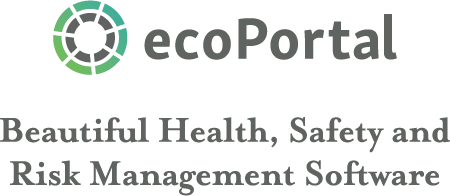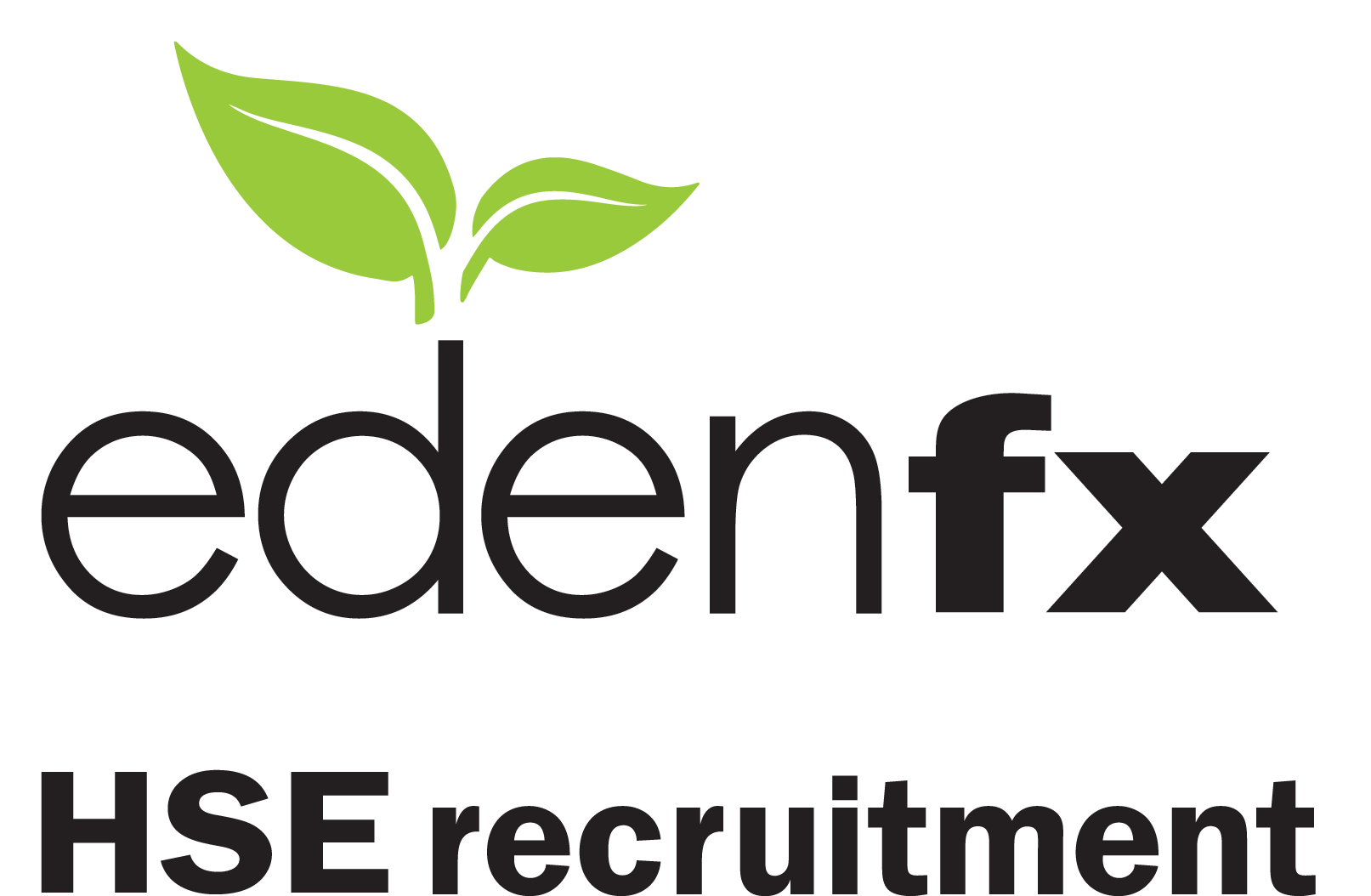
Te Kawa A Hangarau - Te Pou Ora
By Canterbury Admin
28/06/2023
Te Kawa a Hangarau - Te Pou Ora
On Wednesday 28th June, Te Pou Ora (WorkSafeNZ) and NZ Institute of Safety Management facilitated a one-day kaupapa Māori wānanga (focus group) to discuss, highlight and bring forth the issues facing kaimahi Māori in Te Waipounamu. Kaimahi Māori are harmed at a disproportionate rate to that of non-Māori in all sectors across Aotearoa.
Phil Parkes – Chief Executive WorkSafe NZ joined the meeting by Teams for a presentation with a theme of Haere hauora atu hoki haumaru mai – (Everyone who goes to work comes home healthy and safe). He discussed WorkSafe’s goal of Safe Work, Healthy Work and Equitable Outcomes is needed for all workers. There is going to be on a focus on:
- Acute harm from man/machine interactions
- Chronic harm from respiratory illnesses
- Communication and Engagement
- Equitable outcomes for all workers.
The wānanga met to discuss and highlight that Kaimahi Māori are harmed at a disproportionate rate to that of non-Māori in all sectors across Aotearoa. Māori are more likely to work in high-risk sectors such as Construction, Forestry, Manufacturing, Agriculture and Transport. The statistics are sobering, Māori are harmed at a disproportionate rate to that of non Māori (average 55% of harm to Māori but < 10% of population).
Arne Burgess guided the proceedings and some of the feedback from Māori workers was cited. Workers in forestry blocks were travelling over two hours each way and working a 12 hour day in between. “When I go to work my kids are asleep, when I get home my kids are asleep, on the weekend I am asleep”.
Literacy and numeracy rates are variable, H&S info is not presented in a way that is easy to digest. “I see a book and I switch off, I left school because I hated it, now come here and it is the same”.
The Mason model of wellbeing was used a focus point. These walls represent taha wairua/spiritual wellbeing, taha hinengaro/mental and emotional wellbeing, taha tinana/physical wellbeing and taha whānau/family and social wellbeing. Our connection with the whenua/land forms the foundation. When all these things are in balance, we thrive. When one or more of these is out of balance our wellbeing is impacted. What is evident is that some of these problems are not only faced by Māori, but also Pasifika, and other migrant workers.
Equitable outcomes for all workers mean’s, we need to make safe workplaces, and health and safety accessible for all workers so we need to change way we do some things. The advantage being is there will be better communication and engagement for all workers, where everyone gets a say I health and safety. We will also need to change how we deliver the health and safety message, for using more videos and procedures with less words and more pictures. An analogy of equitable outcomes is the story of three mates who went to watch a rugby match. They varied in height, one was 1.4m tall, the other 1.6m tall and the other 2.2m tall and a couple had problems seeing the game. Equity is about giving the shortest person a couple of boxes to stand on, the 1.4m guy one box to stand on and the tallest guy didn’t need one because he had no problems seeing the game.
The main take outs for me were:
- The four main focus areas from WorkSafe impact Māori because they are in occupations that expose them to the acute injuries and chronic illnesses.
- Communication and engagement needs to be improved to help lead to more equitable outcomes.
- These changes will benefit all of our workforce, their whanau and our society.
- The sudden death paper, rock scissors energizer was great!

